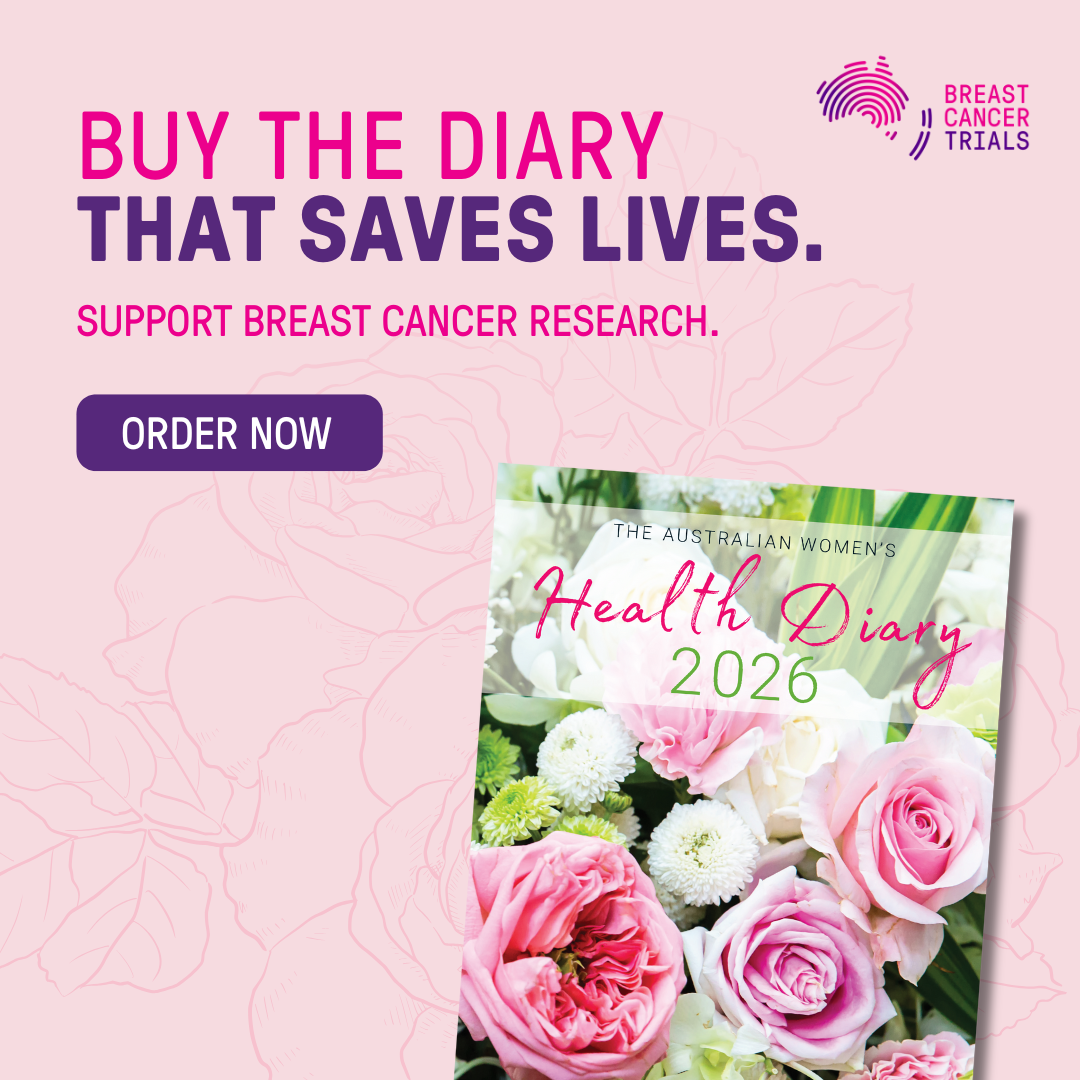Step into the online spotlight as a woman in business, politics, sport or media, you’ll almost unconsciously brace yourself for an avalanche of abuse, falsehoods and sexist tropes. From my experience, the classic opener for online ‘commentary’ dripping with disdain and vitriol is, “That woman…”
The energy and ingenuity of online perpetrators continues to grow as they seek to undermine, discredit and humiliate women. Even family members can become pawns in these vicious games, especially when the abuse rachets up to doxing and death threats.
Our research shows 1 in 3 women surveyed experienced online abuse in a work context. Rates of abuse were even higher for women with a public online or media profile, women with disability and those who identify as LGBTIQ+. Many took a backwards step professionally, avoided leadership positions and stopped discussing topics they felt were inflammatory because of the abuse.
We must ask ourselves: How many young women and girls are lowering their sights, supressing their ambitions because they don’t want to endure misogynstic hate? And what impact does that have on our potential as a society?
Based on my two decades in the tech sector and more than seven years at the helm of Australia’s eSafety Commissioner, it’s clear there’s a complacency concerning how technology is weaponised against girls, women and diverse communities – both in and out of public life.
An obvious starting point for understanding this problem is the DNA of the industry itself. It was principally established – and remains largely dominated – by men. In Australia, men occupy more than 70 percent of all technical roles. In Silicon Valley, it’s 80 percent.
While there’s no doubt many individuals in tech are motivated to harness tech for good, this gender gap is blinding companies to how humans will exploit and manipulate their designs to harm. Without much greater lived experience of gendered online violence within industry ranks, industry cannot hope to systematically root out the potential for gendered violence from the outset. Nor can they hope to design products that purposefully meet the safety needs of half of their user base.
Gendered online abuse takes many forms but the themes tend to oscillate around the objectification and sexualisation of women, the inferiority of women, threats of sexual violence, and an obsession with appearance, fertility and traditional family roles. eSafety’s recent research into online gaming found 11 per cent of young gamers saw or heard other players declaring men and boys were better than women and girls.
Technology can also be a tool of coercion, manipulation, and control in situations of domestic and family violence. From innocuous child monitors to sophisticated tracking devices, abusers are using technology to inflict serious harm on their partners and children.
And let’s not forget how it can be used to demean anyone who has ever had their photo shared online. A recent example is the uptake of ‘nudify’ apps to create deepfakes, which almost exclusively features women and girls. Using these apps costs a perpetrator virtually nothing, while the cost to the victim survivor is incalculable.
The future is potentially even more chilling. We’re standing on the edge of a new wave of sexual exploitation and violence. The combination of haptics, virtual reality headsets, and invasive and networked technologies could be a powerful vector for violence. This possibility should give the entire industry pause.
And the clock is ticking.
The eSafety ask: Address safety at the outset – not after the fact
My role is to keep Australians safe online, acting as a safety net when platforms fail to act. This includes operating the world’s first adult cyber abuse scheme and image-based abuse scheme. When women come to us, they can be dealing with doxing by ex-partners, threats of rape and explicit content of them shared and manufactured without their consent.
We also run Social Media Self-Defence training, and have recently trained politicians, female athletes, political staffers, scientists and technologists, and the LGBTQI+ community. This training is designed to help them build their ‘digital armour’ and to use online services and platforms more safely and effectively.
But the fight to stay safe is far from fair.
These digital weapons enable perpetrators to reach a wide audience, bypassing physical and time constraints while maintaining anonymity. On top of that, there are many other processes at work, often hidden, that steer discussions towards anti-women narratives.
That’s why we need the immediate and wholesale adoption of Safety by Design across the tech industry.
While some action has been taken to tackle gendered online harm, it tends to be retrospective, generic and ad hoc. Too frequently, the burden is placed on the user to navigate and implement an increasingly complex network of safety and privacy controls.
‘User empowerment’, ‘service provider responsibility’ and ‘transparency and accountability’ are the key foundation stones of Safety by Design, meaning the burden of safety should never solely sit upon the shoulders of the target or customer.
By applying a gendered lens to Safety by Design, companies would examine every feature and design aspect to minimise risks for women and girls at the design phase, engineering out potential misuse before launch. We believe the entire sector can, and should, take a much more assertive role in using their detection technologies to root out toxic and misogynistic conduct and content before they surface online.
There is cause for optimism. Safety by Design is gathering momentum. For example, the Trust and Safety Professional Association recently released a trust and safety curriculum that has a chapter on Safety by Design that underscores the importance of planning for both transparency and inclusivity.
But while support is building, it’s not happening at the scale or speed urgently required. We need it applied across more companies and expanded to meet the safety needs of a broad and diverse demographic and user base.
This is not just an exercise in corporate social responsibility. The impetus to act is far weightier. It’s about safeguarding the next generation of girls and young women. More than that, it’s about making sure they can use their voice and reach their potential for the benefit of us all.


